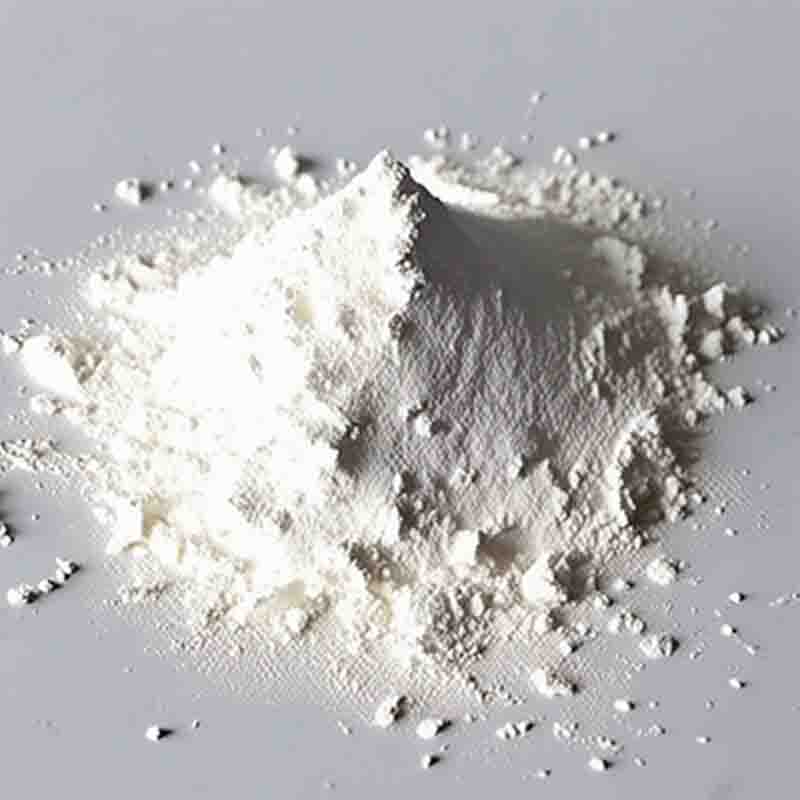1,10-Diaminodecane CAS:646-25-3
| Catalog Number | XD95279 |
| Product Name | 1,10-Diaminodecane |
| CAS | 646-25-3 |
| Molecular Formula | C10H24N2 |
| Molecular Weight | 172.31 |
| Storage Details | Ambient |
Product Specification
| Appearance | White powder |
| Assay | 99% min |
1,10-Diaminodecane is a chemical compound with the molecular formula C12H28N2. It is an organic diamine, meaning it contains two amino groups (-NH2) separated by a hydrocarbon chain. Here are some potential effects and applications of 1,10-diaminodecane:Diamine Reactivity: As a diamine, 1,10-diaminodecane can participate in various chemical reactions. One important application is its use in the synthesis of polyamides. When combined with dicarboxylic acids, such as sebacic acid, it can form polyamide polymers that exhibit excellent mechanical properties. These polyamides find applications in the production of fibers, films, and engineering plastics.Epoxy Curing Agent: 1,10-Diaminodecane can also function as a curing agent for epoxy resins. It reacts with epoxy groups to initiate cross-linking, leading to the formation of a three-dimensional network. This reaction enhances the mechanical and thermal properties of the epoxy resin, making it suitable for coatings, adhesives, and composites.Surfactant: Due to its unique structure and amphiphilic nature, 1,10-diaminodecane can also serve as a surfactant. It has hydrophilic amino groups on either end of a hydrophobic hydrocarbon chain. This property makes it valuable in emulsion production, wetting agents, and as a dispersant in various industries, including paints, detergents, and personal care products.Corrosion Inhibition: 1,10-Diaminodecane has been studied for its corrosion inhibition properties. When used as an additive, it can reduce the rate of corrosion by forming a protective film on metal surfaces. This makes it useful in coatings for metal protection and industrial applications where corrosion resistance is critical.Energy Storage: Certain diamines, including 1,10-diaminodecane, have been explored as potential components for energy storage applications. They can be used as electrolyte additives or as building blocks for the synthesis of polymers used in energy storage devices such as lithium-ion batteries.It is important to note that the above effects and applications of 1,10-diaminodecane are based on the known properties and reactivity of the compound. Specific applications and effects may vary depending on factors such as reaction conditions, other reactants, and desired outcomes. Further research and development are often necessary to fully understand and exploit the potential of this compound in various industries.


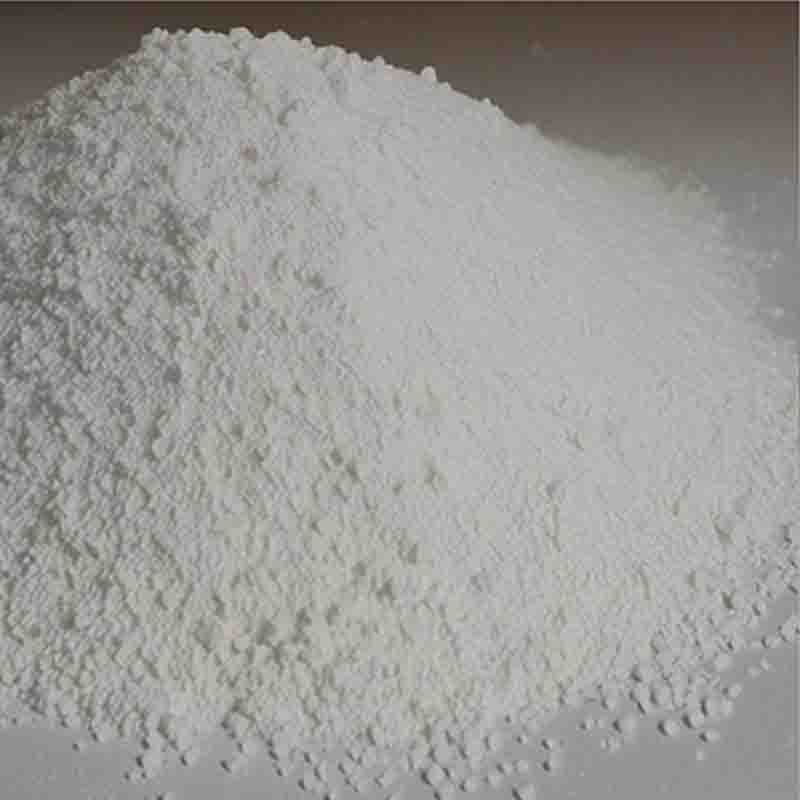

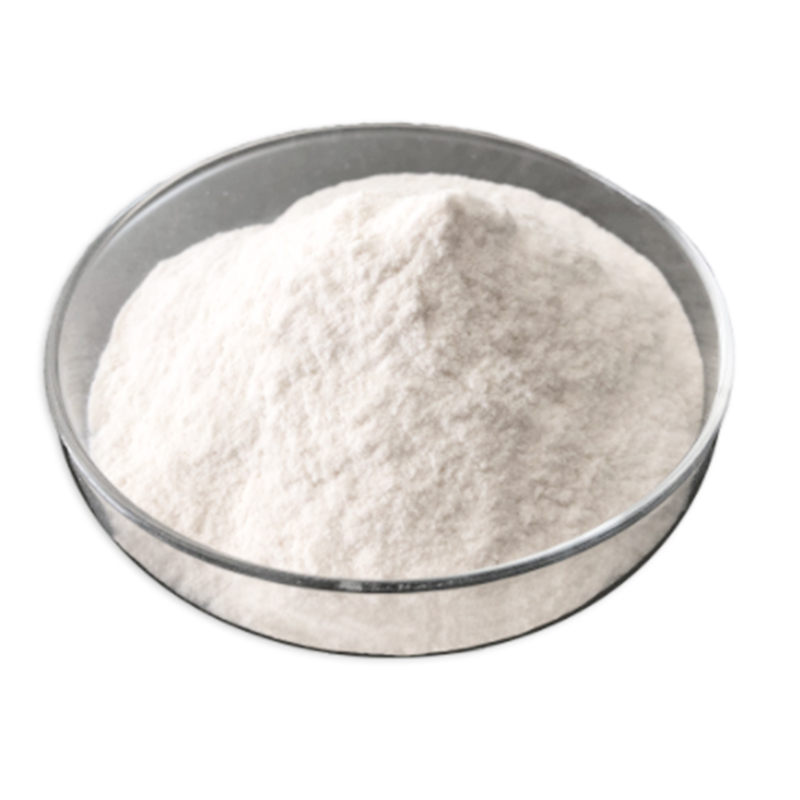
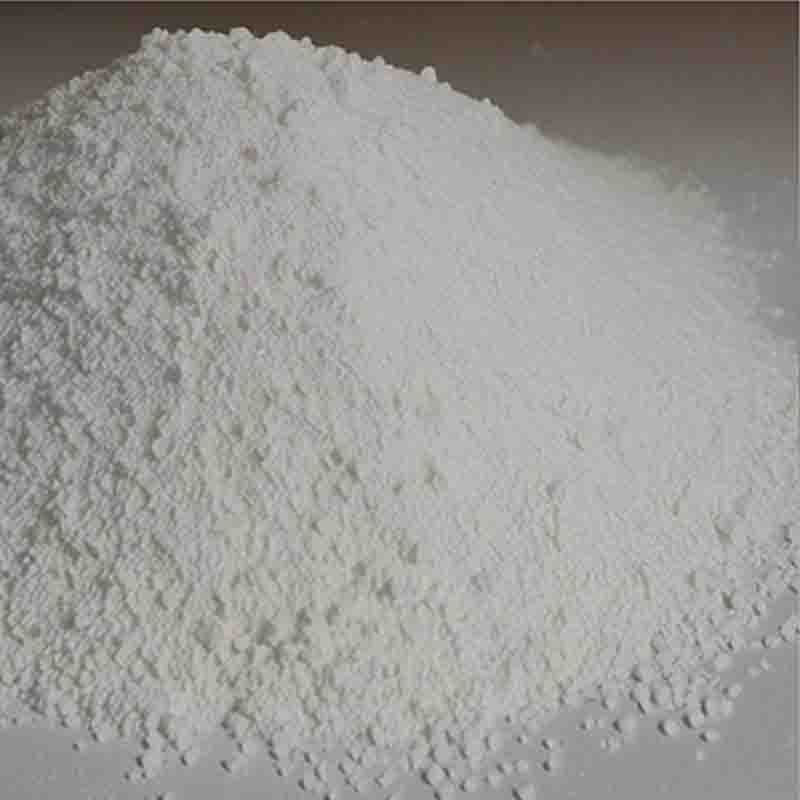
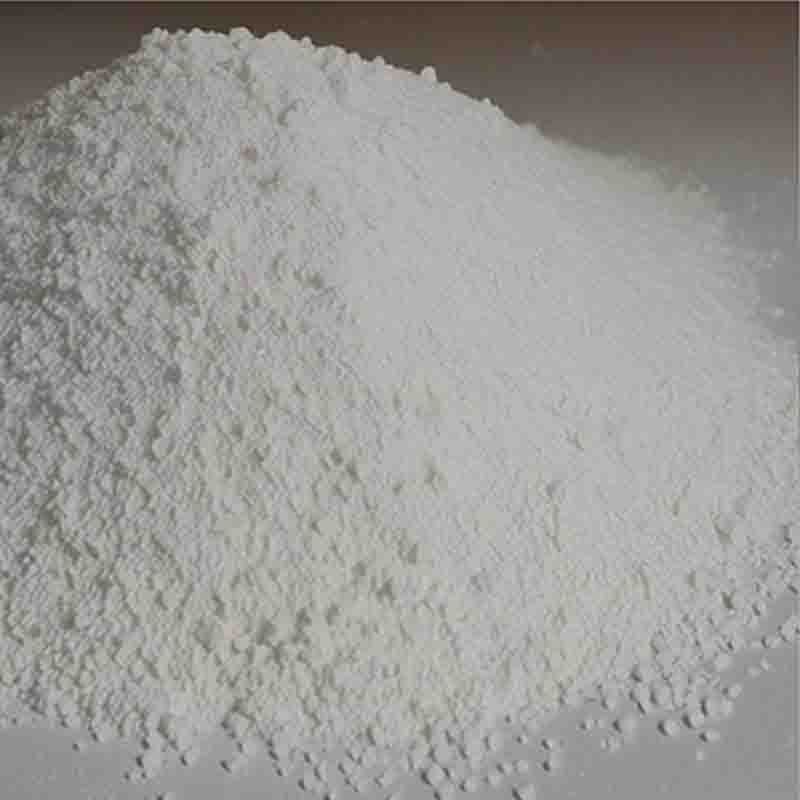
![1,8-Diazabicyclo[5.4.0]undec-7-ene CAS:6674-22-2](https://cdn.globalso.com/xdbiochems/白色粉末1876.jpg)

